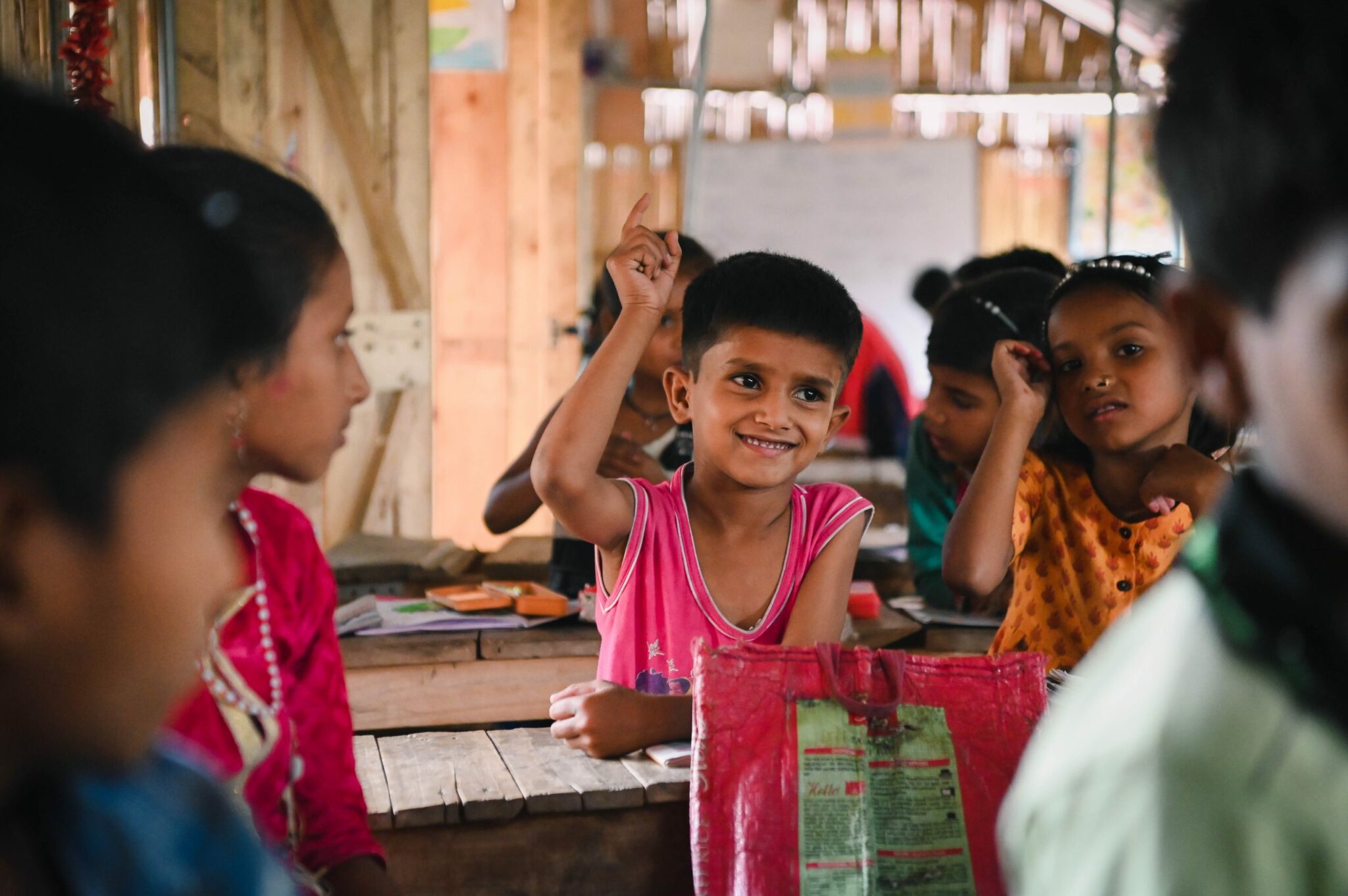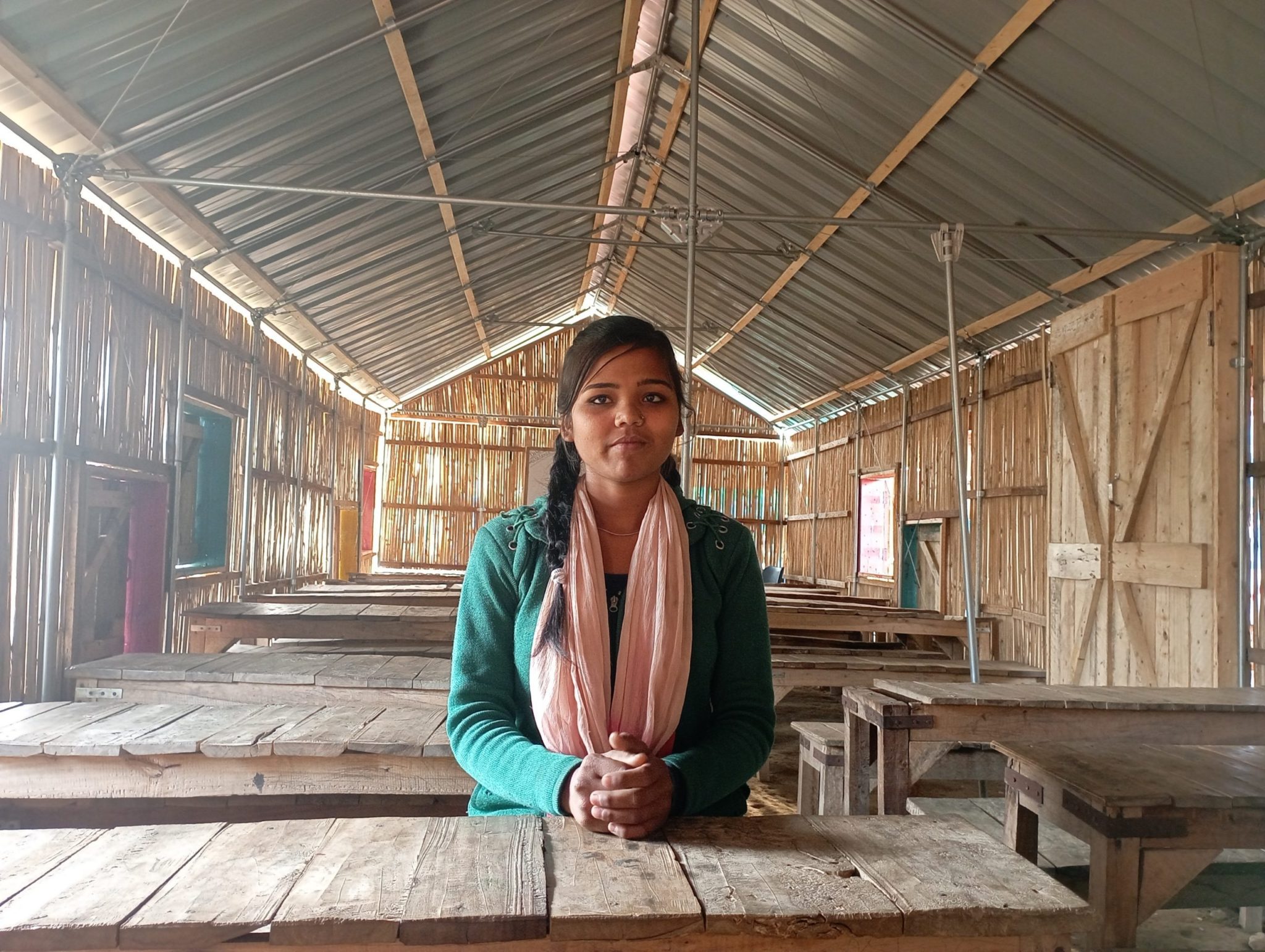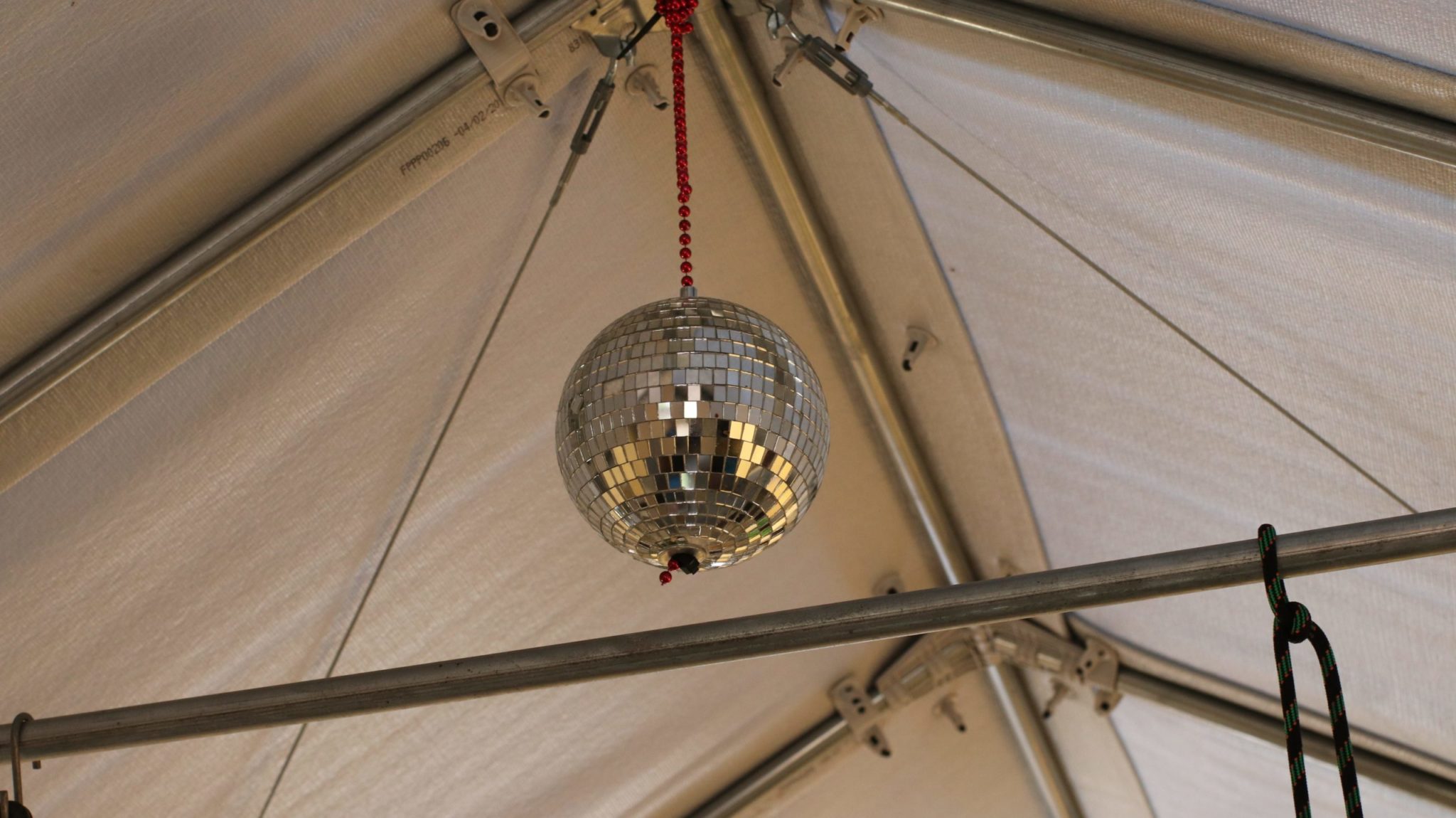Affirming the right to education for children in East Delhi

According to UNICEF, an estimated 617 million children and adolescents around the world are unable to meet basic literacy and maths proficiency levels, despite two thirds of them being in school. However, the number of children out of school is still staggering: with 11 percent of primary aged and 20 percent of lower secondary aged children not enrolled or attending regular schooling at all.
When considering the gender disparity, 129 million girls are out of school worldwide across primary to upper secondary school age. UNICEF indicates that a gender-equitable education system benefits both girls and boys, as well as the country as a whole. When girl’s have access to quality education, they are empowered to pursue high goals and have a safe space to identify potential risks of abuse, trafficking or forced marriage. As well, boys directly benefit from gender parity in an education system without the socialising of traditional masculinity, which disengages them from school and leads to violent behaviours.
While the degree of access and quality of education varies according to country and context, children living in rural and conflict zones are especially likely to be out of school.
To improve the learning conditions of 200 students, SEEDS built a transitional extension to the Van Phool open air community school within the Yamuna Khadar slum cluster in East Delhi. For this project, the RHU Structure was deployed and upgraded with local materials, including bamboo to build walls. Since the school had been operating without walls or a roof since 2020, it was crucial to protect the students from extreme weather conditions, especially during the monsoons season.
Miss Urmila, a teacher at Van Phool, committed to the safety of her students, spoke about the necessity of teaching students in a safe, enclosed shelter during construction:
“We needed this shelter to shield our children from any weather, especially during rainy days. This school is in an open area, which can drench the children and their books in rain. But with this shelter installed in our community school, we can safely teach our children.”
Miss Urmila

Building resilience against natural disasters and climate change in the Asia-Pacific region is a core part of the team’s mission at SEEDS. Among the students who benefit from the extended school Structure is 14-year-old Manisha, a language enthusiast who helps her classmates with studies in her spare time. Manisha herself has ambitions to become a teacher in order to support her mother in providing financial resources and daily necessities for their family.
“I’m the oldest daughter in my family, and my mother works while my father doesn’t have a job. So, I have more responsibilities than just studying. But when I become an adult, I want to help my mother by following my lifelong dream of becoming a teacher. It’s not easy growing up in a cluster region, but I’m doing it for my mother. She always makes sure that my sisters and I can go to school and get a good education.”
Manisha




